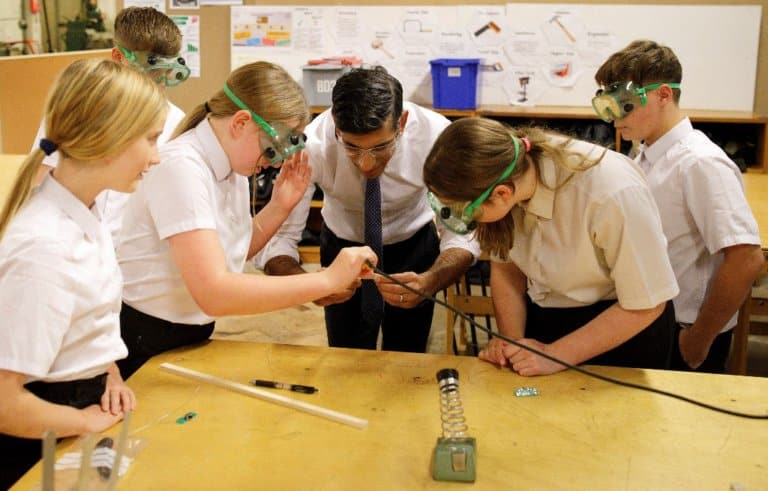
When choosing a school, it pays to look at grades or rating systems — such as the Ofsted report.
The Ofsted report carries data and facts relevant to the curriculum, pedagogy, welfare, inclusion, emerging trends, workforce, and other pertinent topics.
Officially known as the Office for Standards in Education, Children’s Services and Skills, Ofsted looks to improve education standards by means of regulation and conformity.
The body inspects thousands of organisations and individuals that provide education and care, including daycare centres, schools, and relevant authorities.
Inspectors look into four key judgements: quality of education, behaviour and attitudes, personal development, as well as leadership and management.
The first criterion, for example, assesses how school leaders have thought about the national curriculum’s “end points” and how they’ve broken the content into components and sequences.
Findings are then compiled into the Ofsted Reports. For schools, it has four judgements: Outstanding, Good, Requires Improvement, and Inadequate.
What do these mean and how should parents interpret them?
- To be rated “outstanding,” the school must meet “all the criteria for a good quality of education securely and consistently” and that the “quality of education provided is exceptional.”
- “Good” refers to “a curriculum that is ambitious and designed to give all pupils, particularly disadvantaged pupils and pupils with SEND, the knowledge and cultural capital they need to succeed in life.”
- “Requires improvements” means the quality of education provided by the school is not good.
- “Inadequate” applies if the school’s curriculum has “limited ambition, little or no structure or coherence,” lack of student progress to their next stages of education, training or employment, among others.
The Ofsted report: How credible is it?
According to a YouGov survey in 2021, 84% of parents who read the report found it helpful, while seven out of 10 parents felt that the Ofsted report was a reliable source of information.
Meanwhile, awareness of this report has remained high throughout the years, with 94% of parents agreeing they have read the Ofsted Report or heard of it.
In recent years, despite the COVID-19 pandemic, Ofsted’s approach to ensuring the credibility of institutions was admirable.
While routine inspections were halted, an operations centre was set up in March 2020 to gather intelligence, address issues, and coordinate communications.
This naturally inspired confidence in Ofsted’s role as regulator for schools.

Ofsted conducts inspections on many different kinds of educational institutions.
Photo by Tolga AKMEN / AFP)
But more importantly, parents should consider these ratings for more profound reasons.
One of them is that these ratings are carried out by professionally trained staff who are taught or, by design, know what to look out for.
Parents can be assured that Ofsted staff are going in with a keen eye and will do justice to the report.
Reporting aside, it is vital for parents to get involved in their children’s education today.
Reams of research have shown parents’ involvement in their studies has helped children obtain higher grades, be better behaved, and increase confidence levels.
By being involved, parents become familiar with teachers and staff, building relationships that can directly or indirectly help their child study better.
Whether you are looking to send your child to preschool or already have kids in Sixth Form, it is always good to know what criteria Ofsted uses to inspect institutions.
This will enable you to make a clear and concise decision and have something to reflect back on if questions arise.
Worried about a new school? Don’t. Ofsted inspects all new schools including academies, within the first three years of opening.










